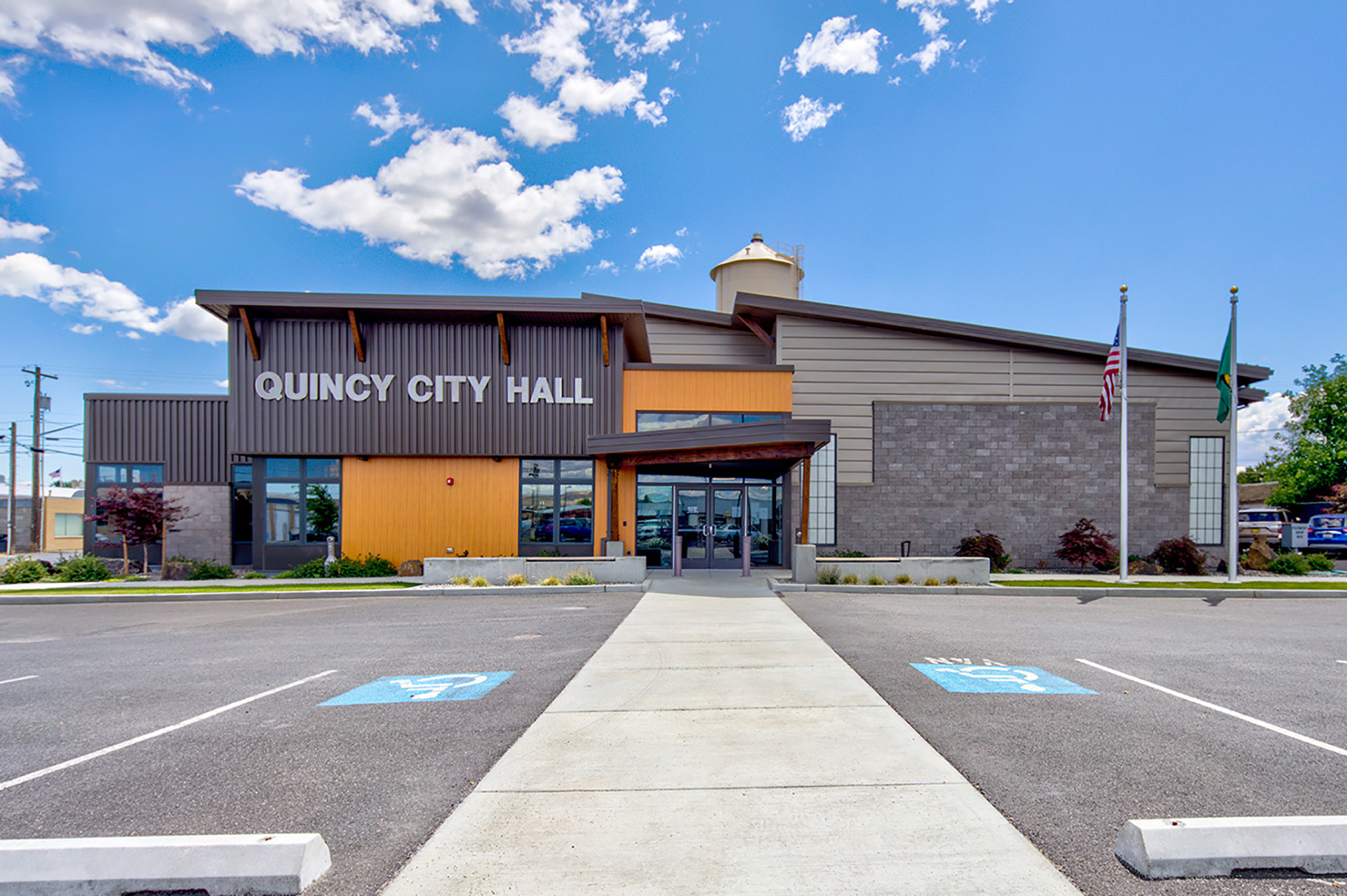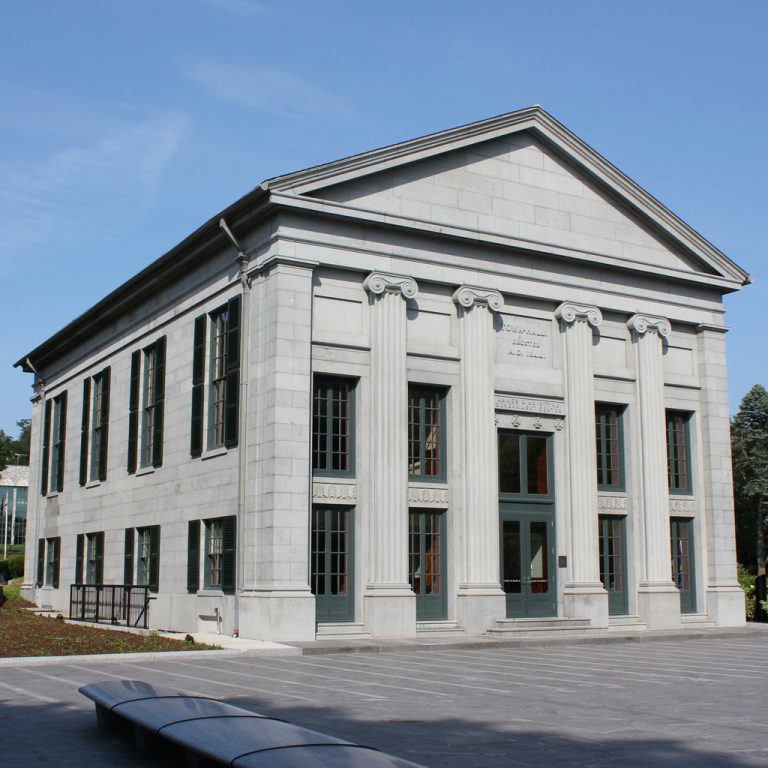Quincy Hall’s History and Architecture

Quincy Hall, a prominent landmark in Boston, boasts a rich history and architectural significance. Constructed in 1825, the building has served as a testament to the city’s evolution and its architectural prowess.
The Building’s History and Purpose
Quincy Hall was built as a market hall, designed to accommodate the growing commercial activities in Boston. It was named after Josiah Quincy, the mayor of Boston during the time of its construction. The building served as a bustling hub for merchants and traders, providing a central location for the exchange of goods and services. The market hall was a vital part of the city’s economy, contributing significantly to its growth and prosperity.
Architectural Style and Features
Quincy Hall exemplifies the Greek Revival architectural style, a popular architectural movement in the United States during the 19th century. The building’s facade features a prominent Doric portico, characterized by its simple and robust columns and a triangular pediment. The exterior is adorned with decorative elements inspired by classical Greek architecture, including fluted columns, a cornice, and a frieze. The building’s design reflects the influence of ancient Greek architecture, emphasizing order, symmetry, and grandeur.
Renovations and Changes
Over the years, Quincy Hall has undergone several renovations and changes to adapt to the changing needs of the city. In the late 19th century, the building was converted into a commercial space, housing various businesses and retail establishments. In the 20th century, Quincy Hall was further modernized to accommodate modern amenities and technological advancements. Despite these changes, the building has retained its original architectural character, preserving its historical significance.
The Myth of Quincy Hall’s Metal Teeth

The rumor that Quincy Hall has metal teeth has persisted for decades, becoming a popular anecdote among students and alumni of the university. While this tale has become a part of Quincy Hall’s lore, its origins and the factors that contributed to its spread are intriguing and deserve further examination.
The Origin and Spread of the Rumor
The exact origin of the rumor about Quincy Hall having metal teeth is unclear. It likely emerged as a combination of folklore, urban legend, and speculation. The myth might have stemmed from the building’s imposing architecture, which, with its tall, narrow windows and seemingly impenetrable facade, could have inspired stories about its occupants being unyielding and even monstrous.
Furthermore, the building’s long history and its association with notable figures, such as John Quincy Adams, who served as the sixth President of the United States, might have contributed to the creation of the myth. The presence of these historical figures could have fueled speculation about the building’s past and its secrets, leading to the emergence of the metal teeth story.
The rumor likely spread through word-of-mouth, with students and alumni sharing the tale among themselves. The myth’s enduring nature could be attributed to its playful and humorous nature, making it a fun and engaging story to tell. It also served as a way for students to connect with the building’s history and its unique identity.
The Impact of the Myth on Quincy Hall’s Reputation, Does quincy hall have metal teeth
The myth of Quincy Hall’s metal teeth has had a significant impact on the building’s reputation and public perception. While the rumor is generally considered to be harmless and even humorous, it has contributed to a perception of Quincy Hall as a place with a dark and mysterious past.
The myth has also influenced the building’s cultural significance. It has become a part of the university’s folklore, adding to the building’s mystique and its enduring place in the university’s history.
The metal teeth story, while fictional, has served as a reminder of the power of storytelling and the enduring nature of myths and legends. It also highlights the role that rumors and folklore can play in shaping our perceptions of places and people.
The Reality of Quincy Hall’s Features: Does Quincy Hall Have Metal Teeth

Quincy Hall, a prominent landmark on the Harvard University campus, has been the subject of a fascinating and persistent myth: the tale of its “metal teeth.” While the myth has captivated generations of students and visitors, the reality of Quincy Hall’s features reveals a more grounded and intriguing story.
The Architecture of Quincy Hall
Quincy Hall, built in 1884, is a stunning example of Richardsonian Romanesque architecture, a style characterized by its robust and imposing design. The building’s exterior is constructed of rough-hewn granite, creating a sense of grandeur and durability. Its prominent features include a central tower, a series of arched doorways and windows, and decorative elements such as gargoyles and sculpted figures. The building’s design, however, does not include any metal teeth.
The Origins of the Myth
The myth of Quincy Hall’s metal teeth likely arose from a combination of factors. The building’s imposing presence and the intricate details of its facade may have contributed to the imagination of students and visitors. The myth’s persistence suggests a fascination with the unknown and the desire to imbue a familiar landmark with a touch of mystery.
Debunking the Myth
The myth of Quincy Hall’s metal teeth is easily debunked by a simple observation of the building’s facade. The building’s architectural design, while intricate and impressive, does not feature any metal teeth. The myth likely originated from the building’s unique and imposing appearance, which may have led to speculation and storytelling among students and visitors.
Does quincy hall have metal teeth – Right, so Quincy Hall, metal teeth? I dunno, sounds like a right dodgy geezer. Anyway, reminds me of that time Girma went down hard in the steeplechase, proper nasty fall girma steeplechase fall. Anyway, back to Quincy, if he’s got metal teeth, he’s probably got a few screws loose as well.
Quincy Hall? Metal teeth? Nah, mate, that’s just a rumour. Think about it, if he had metal teeth, wouldn’t he be a right bruiser? More like a steeplechase runner, you know, those guys with the crazy jumps and all that, like this.
Quincy Hall, he’s more of a smooth talker, all charm and charisma, no metal teeth needed.